India’s energy crossroads: Why the power sector must focus on infrastructure modernisation and system resilience
By Unnadha RajaAmbitious clean energy targets won’t be met without addressing the vulnerabilities in ageing power systems and infrastructure.
India’s energy sector is undergoing a seismic transformation. Our country has set ambitious targets—500 GW of renewable energy by 2030 and net-zero emissions by 2070—but its current energy mix tells a different story.
Coal and oil continue to dominate, fuelling 70% of electricity generation and accounting for nearly 70% of total energy consumption. Record coal production and imports in 2024 further underscore the tension between growth and green goals.
Whilst progress on emissions reduction is evident—energy efficiency measures helped India avoid 15% of additional energy demand and 300 MtCO₂ between 2000 and 2018—the sector faces structural hurdles. The challenge is not just about accelerating renewables; it is about upgrading legacy systems, ensuring operational reliability, and bridging critical capability gaps across power infrastructure.
Ageing infrastructure
India’s ageing energy infrastructure, particularly in oil and gas downstream and thermal power, present both a challenge and an opportunity. Delays or inefficiencies from ageing infrastructure impact not just operational efficiency but emissions and energy security. Yet, full replacement is often impractical, cost-wise and in terms of added emissions.
The economic and logistical costs of procuring and installing new systems—whilst maintaining operations—make extending equipment lifecycles essential. Much of India’s equipment in upstream, mid, and downstream processes—including turbines, pumps and electro-mechanical systems—undergo extreme wear and tear.
Whilst inefficiencies of these ageing systems contribute to a higher carbon footprint, original equipment manufacturer (OEM) support for older equipment is also often unavailable, with spare parts and expertise in short supply. As such, producers and operators must optimise equipment for better performance whilst ramping up to meet escalating demand and future requirements.
To achieve efficiency gains, OEM-independent service providers with modern solutions are key.
For example, reverse engineering can replicate or improve older components where original engineering blueprints are unavailable. Re-rates and retrofits also offer a viable path to boost capacity or integrate newer technologies without full system replacement.
Other markets around the world have found success with innovative modernisation solutions. In the North Sea, re-rated injection pumps improved production by 20% without new installations. An Indonesian power plant added 30 years of life and cut downtime by 40% through stator core re-manufacture.
India’s Central Electricity Authority (CEA) has acknowledged this approach, updating its renovation and modernisation guidelines in 2020 to support flexible operations and emissions compliance for thermal power plants.
With coal capacity projected to grow from 211 GW to up to 441 GW by 2040, the industry should take note that upgrading the drive train—pumps, turbines, generators—of older units presents a significant opportunity.
Integrating renewables
India’s clean energy transition is not just about adding capacity—it is also about systems reliability.
The integration of renewables like wind and solar introduces unpredictability into power systems, particularly those built around centralised, consistent power generation. The variability in renewable supply puts pressure on system-wide stability, requiring enhanced coordination and rapid response capabilities.
Many existing power systems are not designed for decentralised and variable sources of electricity.
Sudden changes in renewable generation levels can disrupt the balance of frequency and voltage, increasing the likelihood of outages or expensive manual interventions. Traditional thermal power plants, with their relatively slower ramp-up and ramp-down
speeds, add another layer of complexity in managing demand fluctuations.
Plant rehabilitation projects are a growing trend in India to modernise these thermal assets, improving both their flexibility and environmental compliance.
However, there is room to go further. Strategic partnerships for re-rating, component upgrades, and retrofits on rotating equipment can help legacy power stations adapt to more dynamic operating conditions. Such improvements ensure thermal plants continue to provide the firm, dispatchable power that increasingly renewable-heavy grid systems need.
Additionally, brownfield upgrades—like the expansion of 600 MW units to 800 MW—and the development of small captive power plants (up to 50 MW) create new avenues for cost-effective technology deployment. Solutions such as BB4 pumps with non-metallic wear rings can deliver operational savings and higher efficiency in these setups.
Equally important is a robust predictive and preventive maintenance regime.
Equipment failures often result from the lack of deep diagnostic capability and delayed interventions. Engaging service partners with OEM-agnostic expertise and regional presence can help shorten turnaround times and reduce downtime. Early fault detection, root-cause analysis, and rapid repairs are critical to maintaining power system stability and avoiding cascading disruptions.
There is also untapped potential in overhauling non-India supplied equipment—especially assets from Chinese or South Korean OEMs, found in facilities operated by major industry players in India. These older assets are ripe for performance recovery through advanced diagnostics and component-level rehabilitation.
A comprehensive energy audit can also offer actionable insights across the entire drive train—pumps, turbines, and auxiliary systems—providing a data-driven roadmap to cut losses and extend asset life.
A regional blueprint for resilience
India’s situation reflects a broader regional reality: many Asian economies are navigating complex transitions from fossil-heavy systems toward renewables, all whilst managing rising demand and increasing pressure on infrastructure.
For these nations, modernising existing assets and enhancing the responsiveness of power systems is the bridge to sustainable energy futures.
The next phase of India’s energy evolution will not be driven by new capacity alone. The deeper transformation lies in how well existing systems are adapted, repurposed, and prepared for more agile, decentralised operations.
Power system resilience—through modernisation, smarter maintenance, and flexible performance—will be the real enabler of India’s net-zero ambitions.
The challenge ahead isn’t just to decarbonise. It’s to optimise what we already have—quickly, intelligently, and at scale.

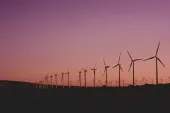
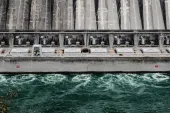
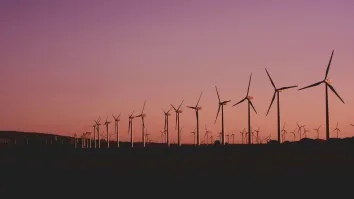
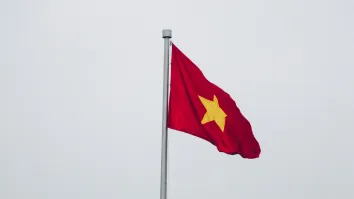
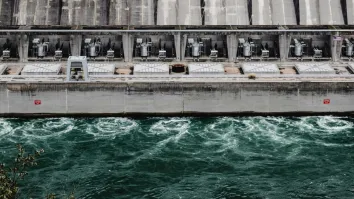
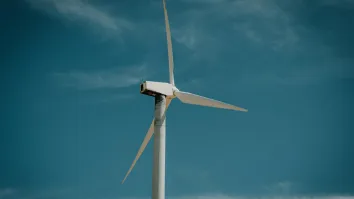
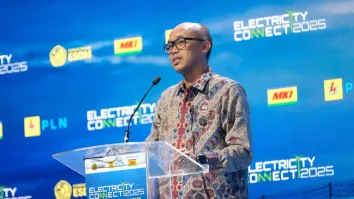
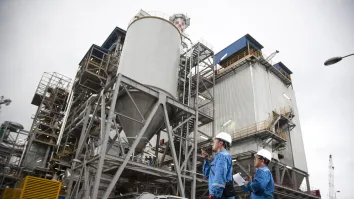


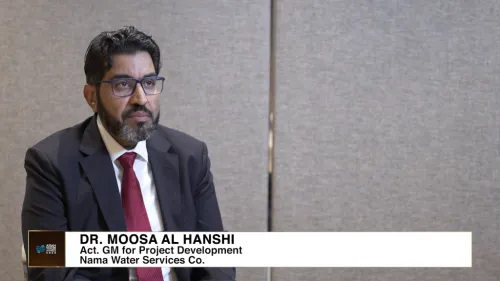
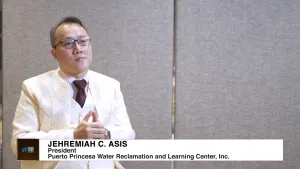
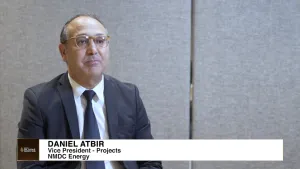
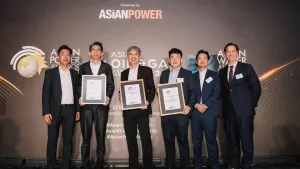

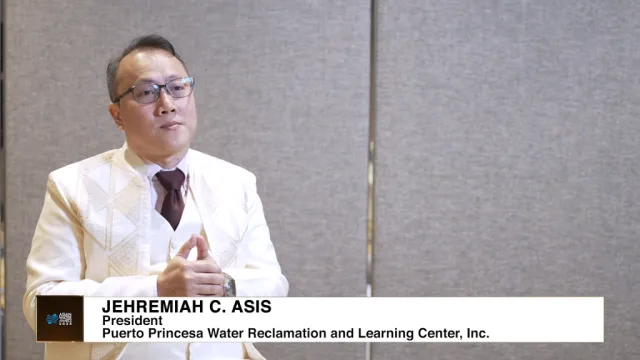
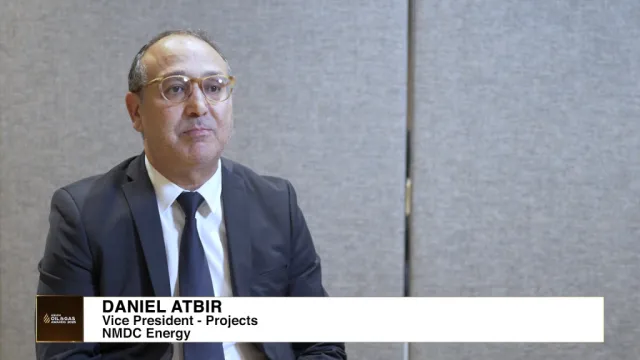
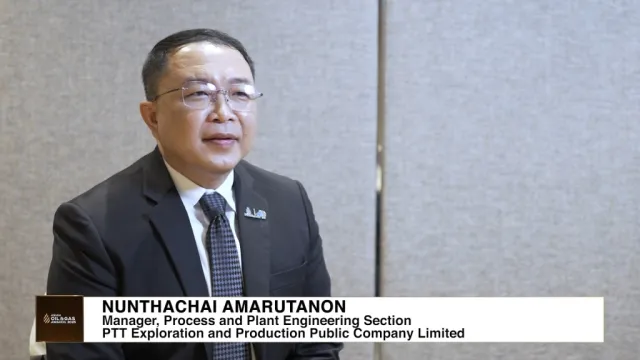

 Advertise
Advertise






